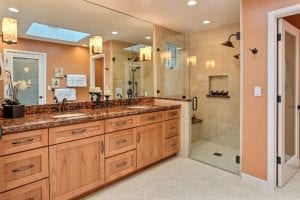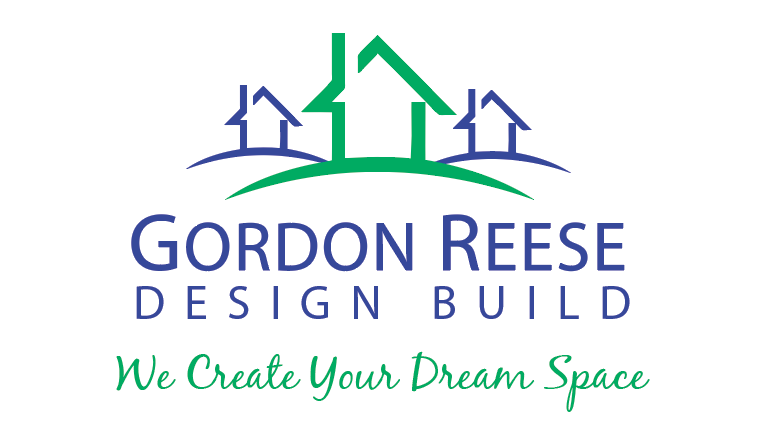You’ll know you’ve found your dream home when you can imagine yourself living there forever. The location is just right, the space is perfect for you and your family, the yearly upkeep is affordable, and the floor plan is almost an exact replica of the one in your head.
Of course, you may go through a bathroom remodel or whole house renovation every now and then just to keep things running smoothly but, overall, this is home for you.
Realistically speaking, this sort of long-term occupancy is possible. However, there are some things to take into consideration when entertaining thoughts of extended residency—particularly how accessible and navigational your current floor plan will be fifteen, twenty years down the line.
Aging-in-place is the kind of home design approach that addresses age-related concerns. By nature, aging-in-place is meant to assure the homeowners that they can stay in their current home and lot without losing their quality of life during their golden years.
But what is this home design approach, exactly, and how can you properly implement it during your next bathroom remodel?
Contents
What Does Aging-in-Place Mean?
As the term implies, aging-in-place happens when a person consciously decides to live in the same home for life. It’s when someone in their golden years is still able to comfortably move around the home and use its facilities with ease despite living there for the past thirty or so years.
Aging-in-Place in Remodeling
In terms of remodeling, aging-in-place is when a remodeling contractor modifies an existing residence to fit the physical needs of the elderly occupants. As we all know, our needs change as our body ages. The wear and tear we’ve experienced over time can change our mobility, speed, and functionality.
When a remodeling contractor is called in to make the current home more comfortable, safe, and age-appropriate in respect to the elderly residents’ needs, that’s aging-in-place which is one facet of universal design remodeling.
Aging-in-Place in a Bathroom Remodel: Things to Consider
 The bathroom is a particularly tricky area that can prove to be quite hazardous for the elderly or disabled. In fact, more than 230,000 people visit the emergency room every year due to bathroom- and shower-related injuries.
The bathroom is a particularly tricky area that can prove to be quite hazardous for the elderly or disabled. In fact, more than 230,000 people visit the emergency room every year due to bathroom- and shower-related injuries.
Aging-in-place ensures that the upgrades and improvements you make to your existing bathroom meet standards that will make it safer and more accessible without compromising visual quality. During your next bathroom remodel, here’s how you can integrate both comfort and luxury in the room’s design.
1. Wider Doorway
Let’s start with the doorway. Most experts agree that you should start with a 36” wide doorway. If the threshold is raised, level it out to a flat floor to eliminate the risk of tripping. If the door handle is a knob, switch it to a lever-style handle for easier grip.
Does the door swing in or out? If it swings in, you might want to take advantage of the bathroom remodel to change its orientation. If the door swings out, there’s zero risk of something—or someone—blocking it from the inside. In an emergency, people can still open the door.
2. Spacious Design
Up next: space. Cramped and cluttered may give the room a cozier feel, but that tightness isn’t practical. During your bathroom remodel, we recommend ensuring you have a 5”x5” clear turn space in every area of your bathroom; shower, wash, toilet, vanity, etc. This meets the specifications for rotating a wheelchair.
Plus, open, undecorated spaces can make a room look bigger and cleaner—exactly what the contemporary, ultramodern style aims to achieve. Allowing more unhindered space in your bathroom makes it both fashionable and functional.
3. Double-Duty Grab Bars
Generally speaking, when grab bars first came into existence, they didn’t hold much style and visual appeal. They were unapologetic, in-your-face fixtures that were often impossible to style naturally. If they stood out, they can make sections of walls and corners look awkward.
Thankfully, there are now grab bars with multiple formats and functions. Rather than just standard lengths of metal bars attached to the wall, some grab bars can double as shelves, toilet paper holders, and towel racks. These can be especially useful around the shower area—both for their function and their safety feature.
Regardless of how old you are when you first acquire your property, always remember that your comfort and safety are paramount. Investing in aging-in-place design elements during your bathroom remodel ensures lifelong luxury and accessibility.

Recent Comments